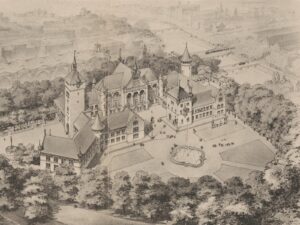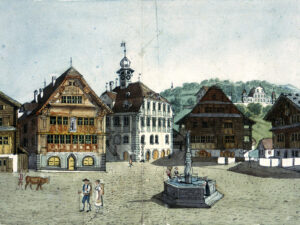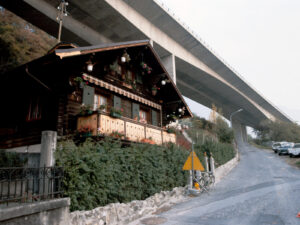
How the chalet became a symbol of Switzerland
The chalet symbolises Switzerland more than any other building. But it was visitors from abroad who turned the simple log house into a tourist hit.
Tourism adverts use the chalet to play with kitsch and Swiss clichés. YouTube / Switzerland Tourism
Chic
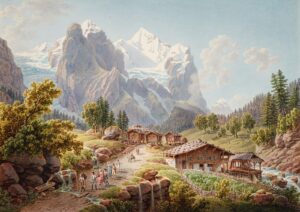
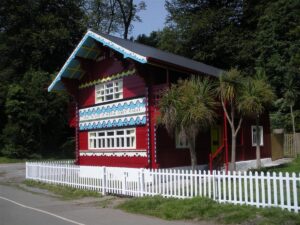
Quaint
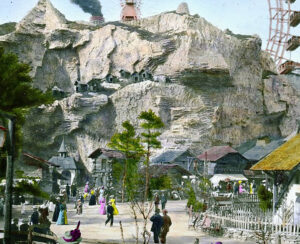
Cosy
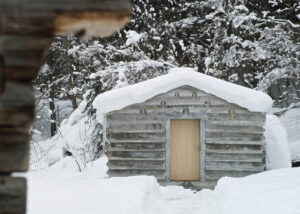
Chalet. Nostalgia, kitsch and Baukultur
What exactly is a chalet? Is it simply a symbol of longing for Alpine nature and therefore an invented concept or myth? In the exhibition ‘Chalet’, the Swiss National Library in Bern has teamed up with Gelbe Haus Films to take visitors on a light-hearted, informative and entertaining journey that explores this quintessentially Swiss building. To get a taste, check out the online exhibition. Or to get some background information, listen to Gegensprecher, the exhibition podcast (in German only).

